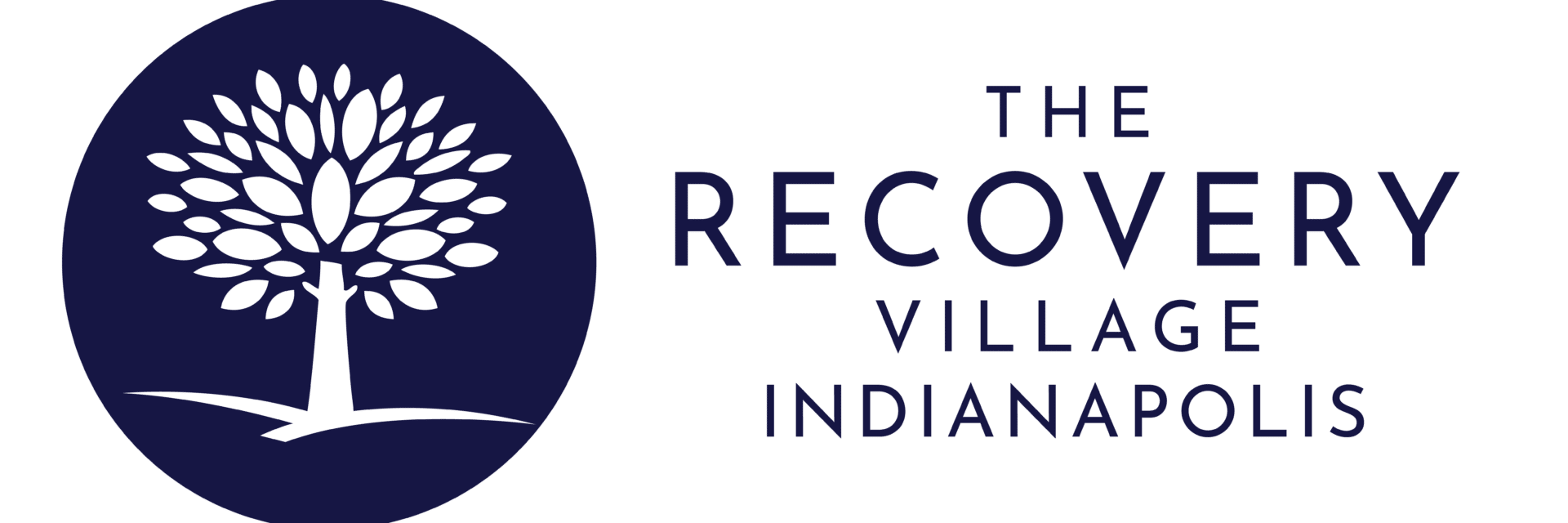Key Takeaways
- Dual diagnosis, or co-occurring disorders, is a condition where an individual experiences a mental health disorder and a substance use disorder simultaneously.
- About 50% of individuals with a mental health condition also struggle with substance use, necessitating integrated treatment approaches.
- Integrated intervention, treating both disorders concurrently, is the most effective treatment method for dual diagnosis.
- Indianapolis offers a range of dual diagnosis treatment options, including inpatient and outpatient programs, tailored to individual needs.
- Challenges in dual diagnosis treatment include funding issues, stigma, and the need for specialized training for healthcare providers.
- Success stories from dual diagnosis treatment in Indianapolis highlight the transformative power of effective, integrated care.
What is Dual Diagnosis?
Dual diagnosis, also known as co-occurring disorders, occurs when an individual experiences both a mental health disorder and a substance use disorder (SUD) simultaneously. This condition complicates recovery, as untreated mental health issues can worsen substance abuse, and vice versa. Studies indicate that about 50% of people with mental health disorder also struggle with substance use.
Challenges in Treating Dual Diagnosis
Treating dual diagnosis requires an integrated approach that addresses both conditions at the same time. Without this, recovery is often incomplete, and relapse rates are high. Healthcare providers face challenges in determining the best course of action, especially given the complex nature of these co-occurring disorders. According to the National Alliance on Mental Illness, symptoms may include the wide-ranging effects that drugs have on a person’s mood, thought processes, brain chemistry, and behavior, exacerbating mental health issues.
Key Statistics
- 50% of individuals with a mental health condition also have a substance use disorder.
- Prevalence of dual diagnosis ranges from 30% to 70%, depending on the population and study.
- 25.8% of adults with psychiatric disorders meet criteria for dual diagnosis.
- 36.5% of individuals with a substance use disorder also have a co-occurring mental health disorder.
Integrated Treatment Approaches
The most effective treatment for dual diagnosis involves:
- Simultaneous care for both the mental health disorder and the substance use disorder.
- Inpatient rehabilitation may be recommended for severe cases to provide intensive medical and mental health care.
Dual Diagnosis in Indianapolis
The prevalence of dual diagnosis in Indianapolis follows national trends, with many treatment centers offering integrated care to meet the unique needs of those affected. The Substance Abuse and Mental Health Services Administration (SAMHSA) refers to dual diagnosis as co-occurring disorders (COD), emphasizing the need for integrated treatment plans that consider the severity and persistence of both disorders. Local programs, like The Recovery Village, play a crucial role in supporting individuals facing both mental health and substance use challenges.
This Season, Give Yourself the Gift of a Fresh Start.
Whether you are struggling with addiction, mental health or both, our expert team is here to guide you every step of the way. Don’t wait— reach out today to take the first step toward taking control of your life.
Dual diagnosis is a significant and complex health issue requiring specialized care. By integrating treatment for both mental health and substance use disorders, healthcare providers can improve outcomes and support recovery. Raising awareness and providing targeted treatment programs is essential in cities like Indianapolis to help individuals lead healthier lives.
Dual Diagnosis Treatment and Its Approaches
Dual diagnosis treatment addresses the complex needs of individuals with both mental health and substance use disorders. Treating only one condition may lead to relapse, making an integrated approach essential. This holistic method ensures both disorders are addressed simultaneously, improving recovery outcomes. Experts emphasize that dual diagnosis conditions can be more severe and persistent than a single disorder, requiring comprehensive treatment plans tailored to the individual’s needs.
Evolution of Dual Diagnosis Treatment
- Early Intervention (1980s): Substance abuse treatments were adapted for mental health programs.
- Today’s Approach: Dual diagnosis treatment programs are characterized by clear policies, integration of substance abuse treatment into mental health services, and specialized staff training to recognize and treat co-occurring disorders.
- Key Components: Access to accurate information for patients and families, and the use of evidence-based therapies like Cognitive Behavioral Therapy (CBT) and Dialectical Behavior Therapy (DBT).
The Importance of Dual Diagnosis Treatment
Addressing dual diagnosis is crucial for holistic recovery as the co-occurrence of mental health disorders and substance use can exacerbate each other. Research indicates that trauma and life-threatening events can alter brain chemistry, increasing the susceptibility to addiction, which underscores the importance of treating both conditions concurrently. Treating both concurrently is vital to preventing relapse and improving quality of life.
- Benefits of Integrated Treatment:
- Better coping strategies
- Reduced risk of relapse
- Improved overall life quality
- Consequences of Untreated Dual Diagnosis:
- Increased hospitalization and legal issues
- Risk of homelessness and suicide
Studies show that individuals with dual diagnosis experience worse outcomes than those with a single disorder, making integrated care necessary.
Approaches
- Integrated Treatment: The gold standard, where both disorders are treated simultaneously by a unified care team, ensuring cohesive recovery.
- Parallel Treatment: Both disorders are treated at the same time but by different providers. While effective, it lacks the coordination of integrated care.
- Sequential Treatment: One disorder is treated first, followed by the other. This approach risks neglecting the interaction between the two conditions.
Emerging Treatment Models
- Relapse Prevention: Focuses on identifying high-risk situations and thoughts that could lead to a relapse.
- Community Reinforcement Approach (CRA): Enhances a patient’s life to make sobriety more rewarding than substance use.
A comprehensive, integrated treatment approach is essential for individuals with dual diagnosis. Research supports the effectiveness of this model, showing improved health outcomes and a higher likelihood of long-term recovery. By addressing both conditions concurrently, treatment centers can offer better support, leading to healthier, more stable lives for individuals in need.
Dual Diagnosis Treatment Options in Indianapolis
Indianapolis offers a wide range of dual diagnosis treatment centers tailored to individuals with co-occurring mental health and substance use disorders. These facilities utilize evidence-based therapies, holistic approaches, and personalized care plans to effectively address the complexities of dual diagnosis.
Integrated and Personalized Care
Indianapolis treatment centers prioritize integrated care, which addresses both mental health and substance use disorders simultaneously. Personalized treatment plans are designed to cater to individual needs, taking into account the specific factors contributing to each person’s conditions.
Treatment Modalities
Treatment centers offer a mix of inpatient and outpatient programs, providing flexibility in care:
- Inpatient Programs: Range from 28 to 120 days, offering intensive treatment for severe cases.
- Outpatient Programs: Allow individuals to live at home while attending therapy sessions multiple times a week.
Evidence-Based Therapies and Holistic Approaches
Therapies commonly used include:
Indianapolis provides a robust network of dual diagnosis treatment centers, offering diverse services to cater to individuals at various stages of recovery. With a focus on integrated care, personalized treatment plans, and the use of evidence-based practices, the city is committed to helping individuals with co-occurring disorders achieve long-term recovery and stability.
Success and Hurdles: Indianapolis Dual Diagnosis Treatment
Indianapolis faces both significant successes and challenges in dual diagnosis treatment, with integrated care playing a central role in overcoming barriers and fostering recovery. By addressing both mental health and substance use disorders simultaneously, treatment centers can create personalized recovery plans, as suggested by Relevance Recovery, leading to positive outcomes. However, healthcare providers and patients alike face ongoing difficulties that impact the effectiveness and accessibility of care.
Success Stories
Success in dual diagnosis treatment in Indianapolis is achievable, with many individuals overcoming the intertwined challenges of addiction and mental health disorders. Key to these successes is integrated care, which treats both conditions concurrently and tailors interventions to individual needs. Notable success stories showcase the transformative impact of comprehensive care, including inpatient services and aftercare support.
Positive Outcomes Include:
- Reduced substance use
- Significant improvements in mental health
- Enhanced overall quality of life
These success stories, as shared in DualDiagnosis.org, demonstrate that individuals can overcome significant barriers with the right treatment team and a strong support network, as discussed in episodes by NAMI DuPage.
Challenges
While there are success stories, there are still notable challenges in providing effective dual diagnosis care:
- Funding Barriers: Comprehensive, integrated care requires substantial resources, often not fully covered by insurance, limiting access to treatment.
- Stigma: The stigma surrounding both mental health and addiction leads to underdiagnosis and a reluctance to seek treatment.
- Lack of Awareness: Many healthcare providers and the public lack awareness of the need for specialized treatment for dual diagnosis, resulting in inadequate support and insufficient training for providers.
- Systemic Coordination: Ensuring coordination between different service providers and maintaining continuity of care is often difficult, making treatment less effective.
The Path Forward for Dual Diagnosis Treatment in Indianapolis
Despite the challenges, the dual diagnosis treatment landscape in Indianapolis is evolving, with a growing emphasis on integrated care. Increased awareness, improved funding, and better training for healthcare providers are key to addressing these hurdles. Collaborative efforts to enhance access to specialized treatment and improve the quality of care will be essential in supporting individuals with co-occurring disorders.
Conclusion
Navigating dual diagnosis treatment in Indianapolis involves overcoming significant obstacles, but with an integrated approach and a commitment to individualized care, success is possible. The inspiring recovery stories from local treatment centers provide hope, while continued efforts to address funding, stigma, and awareness will ensure that more individuals can access the comprehensive care they need.
The Recovery Village Indianapolis Drug and Alcohol Rehab
For those seeking addiction or mental health treatment, The Recovery Village Indianapolis Drug and Alcohol Rehab stands as a beacon of hope. Located within the heart of Indy, we offer an array of treatment options, including medical detox and inpatient rehab for substance abuse and a residential rehab program for mental health disorders.
When you or a loved one are ready to embark on the path to recovery, our Recovery Advocates are here, ready to assist. Reach out to learn more about our tailored treatment programs, designed to cater to your specific needs and situation.


